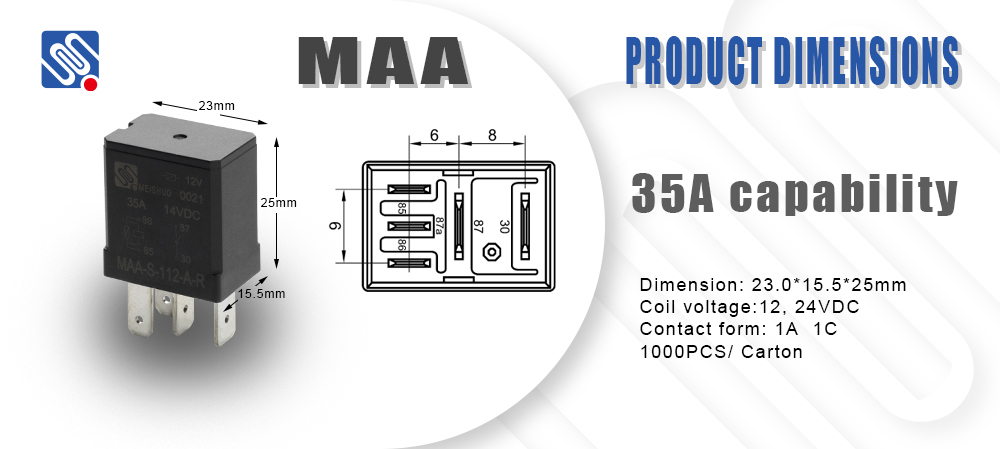A Relay Electrical Diagram is a vital tool used in the design, analysis, and troubleshooting of electrical systems involving relays. Relays are electromechanical switches that allow a low-power control circuit to switch a higher-power circuit on or off. They are commonly used in a variety of applications, ranging from industrial automation and control systems to household appliances. In this article, we will explore the components, functions, and importance of relay electrical diagrams in electrical engineering.

What is a Relay? A relay is an electrically operated switch that uses an electromagnet to mechanically open or close contacts in a circuit. When current passes through the coil (electromagnet), it generates a magnetic field that attracts or repels a mechanical arm, causing the contacts to change position. This switching mechanism allows a small current to control a much larger current. Relays are often used to control devices like motors, lights, alarms, and other electrical components.
Components of a Relay Electrical Diagram Relay electrical diagrams are schematic representations of how relays function in a circuit, detailing the components and their interconnections. The key components typically represented in these diagrams include: